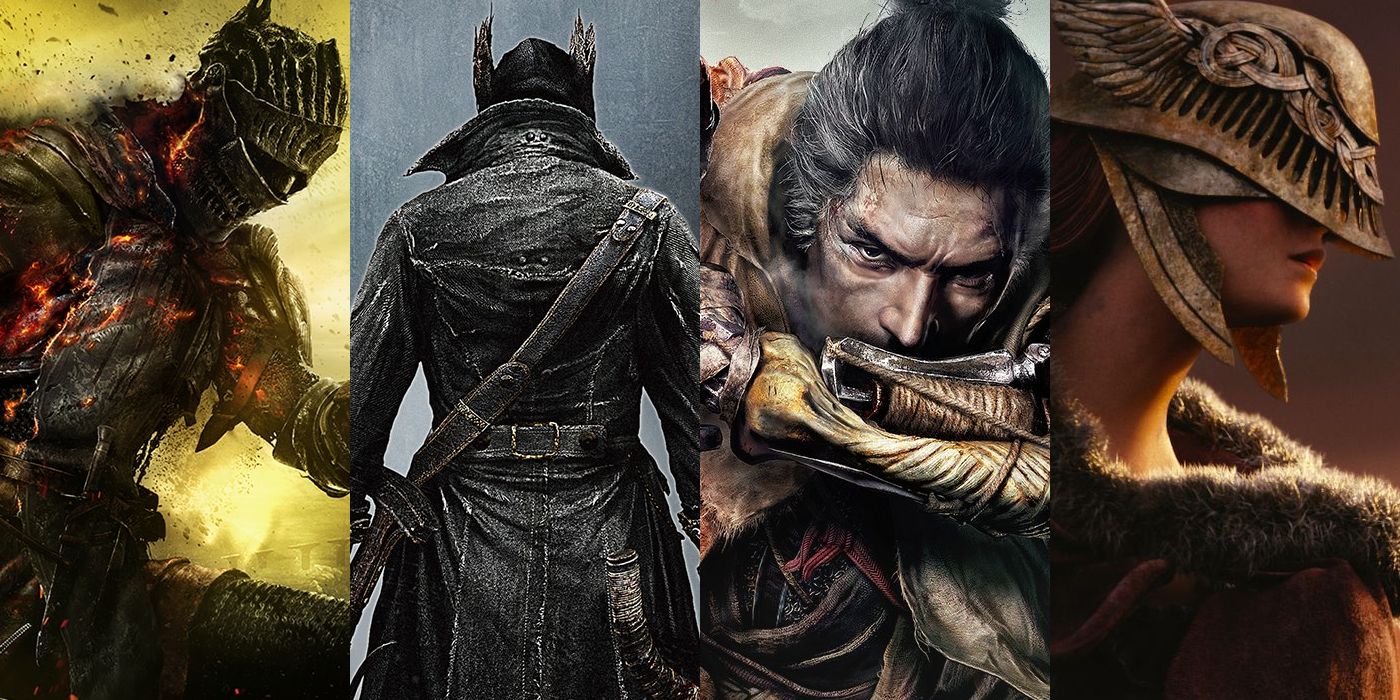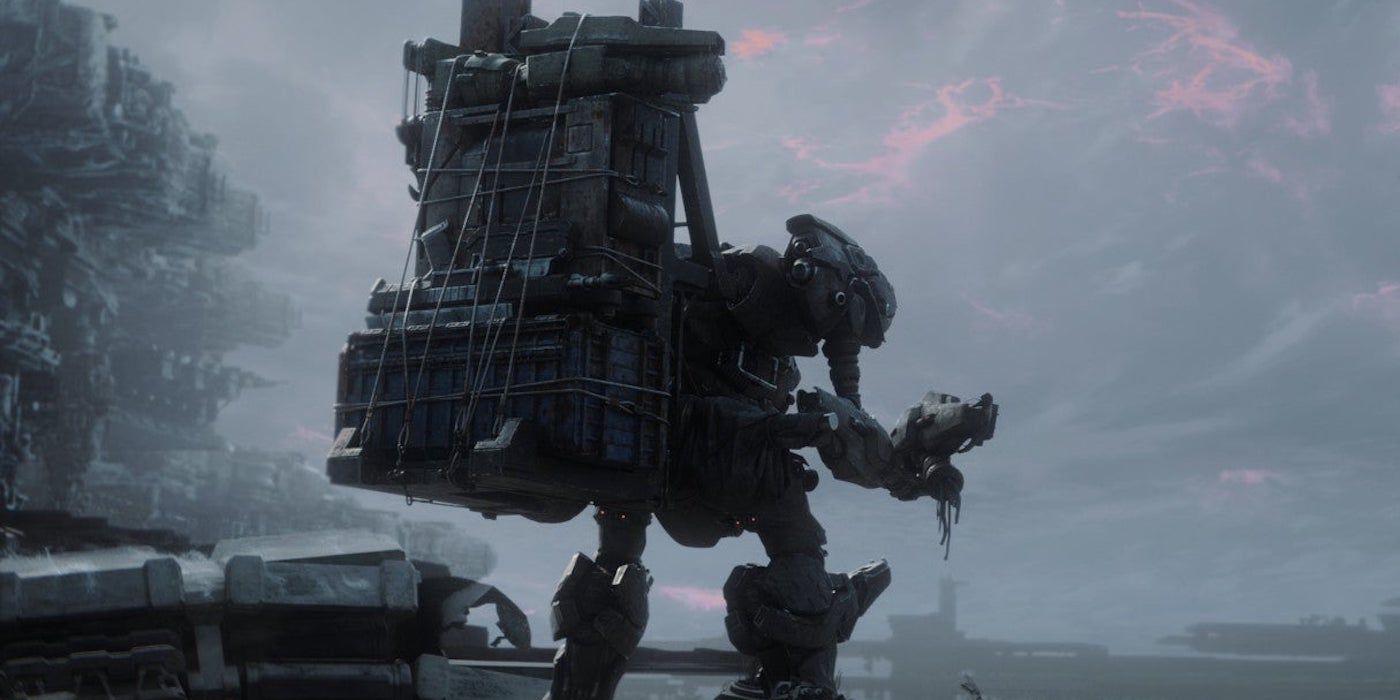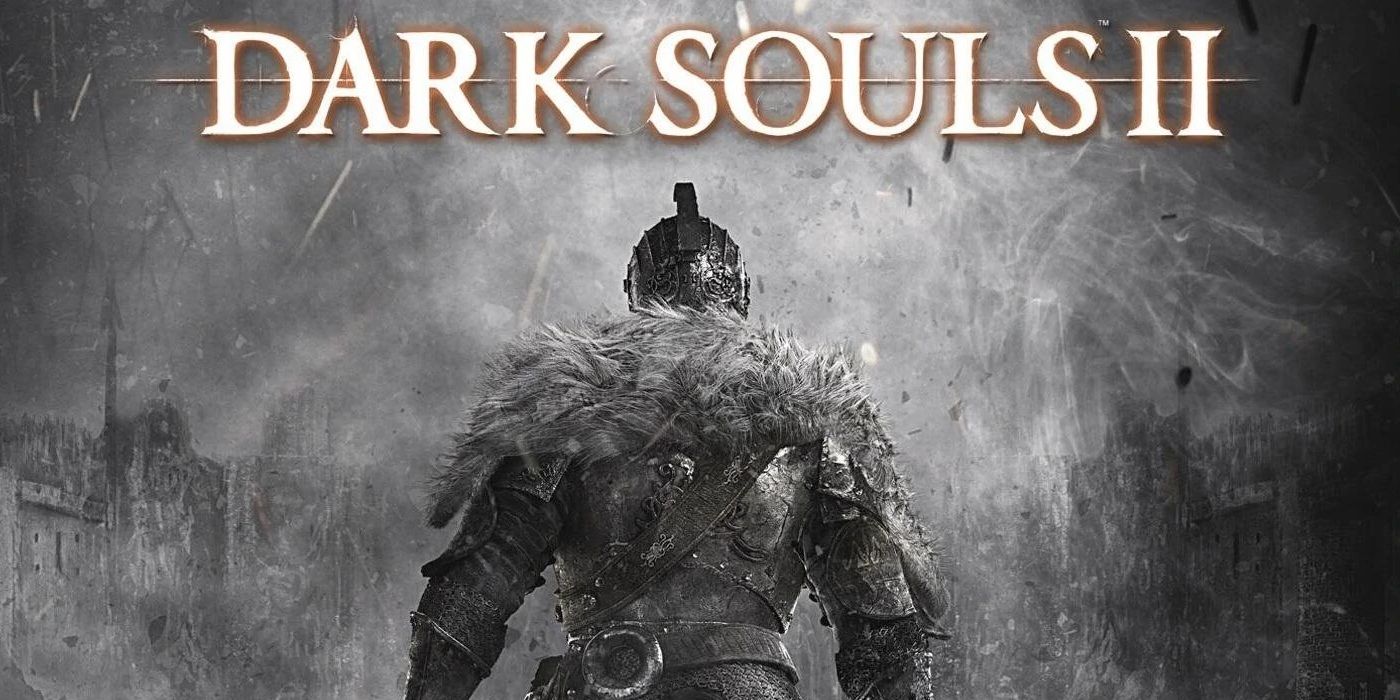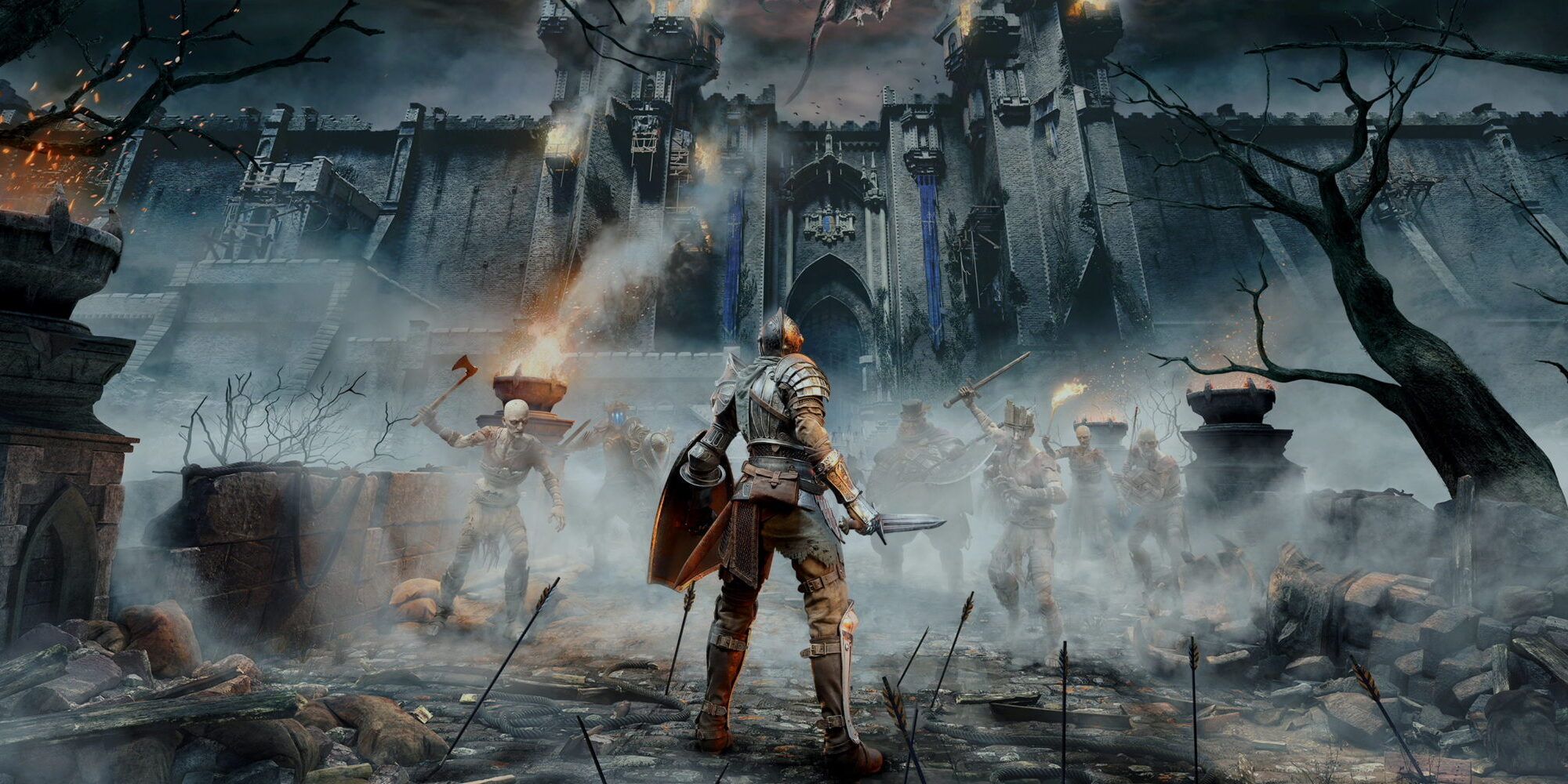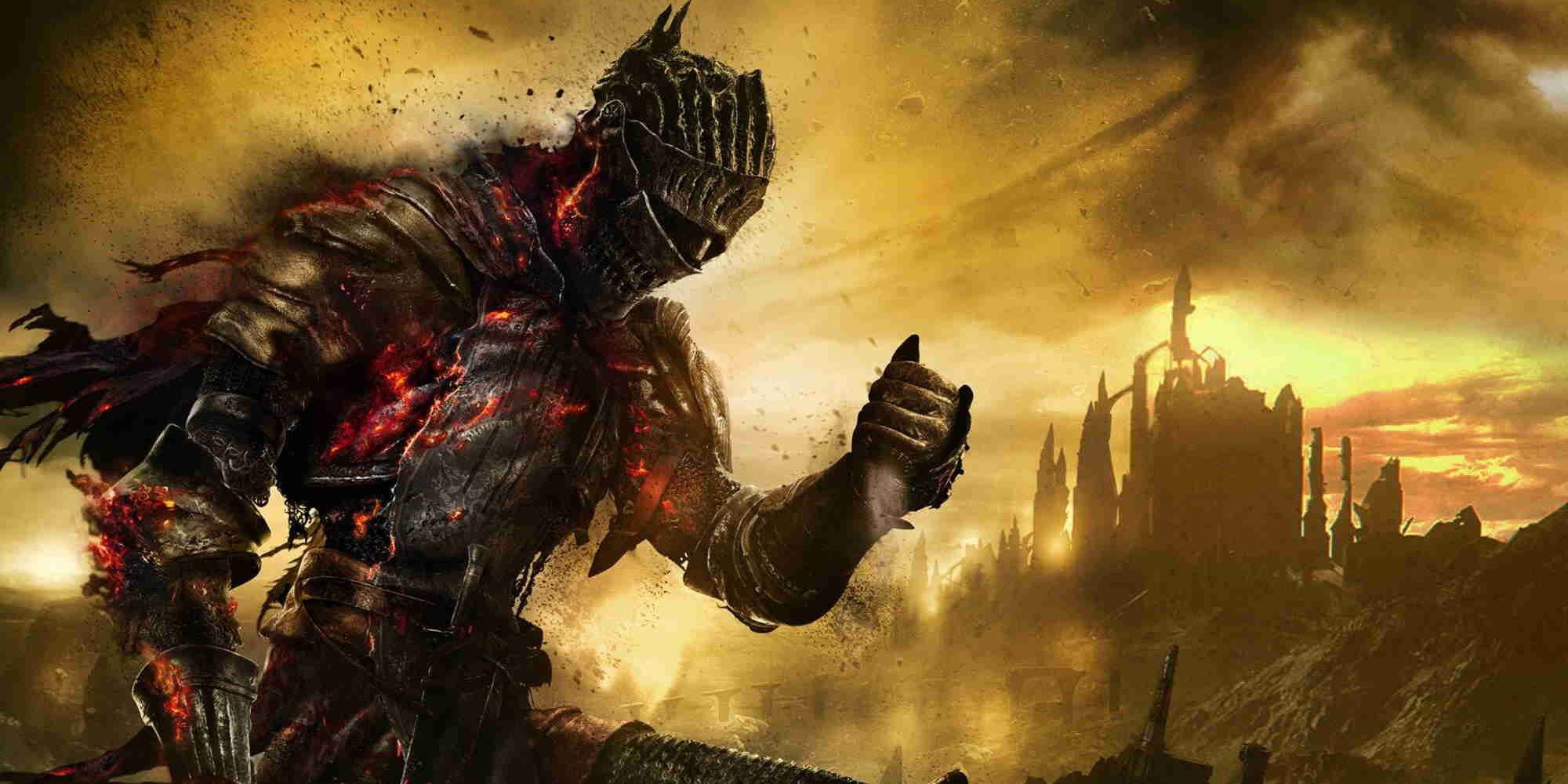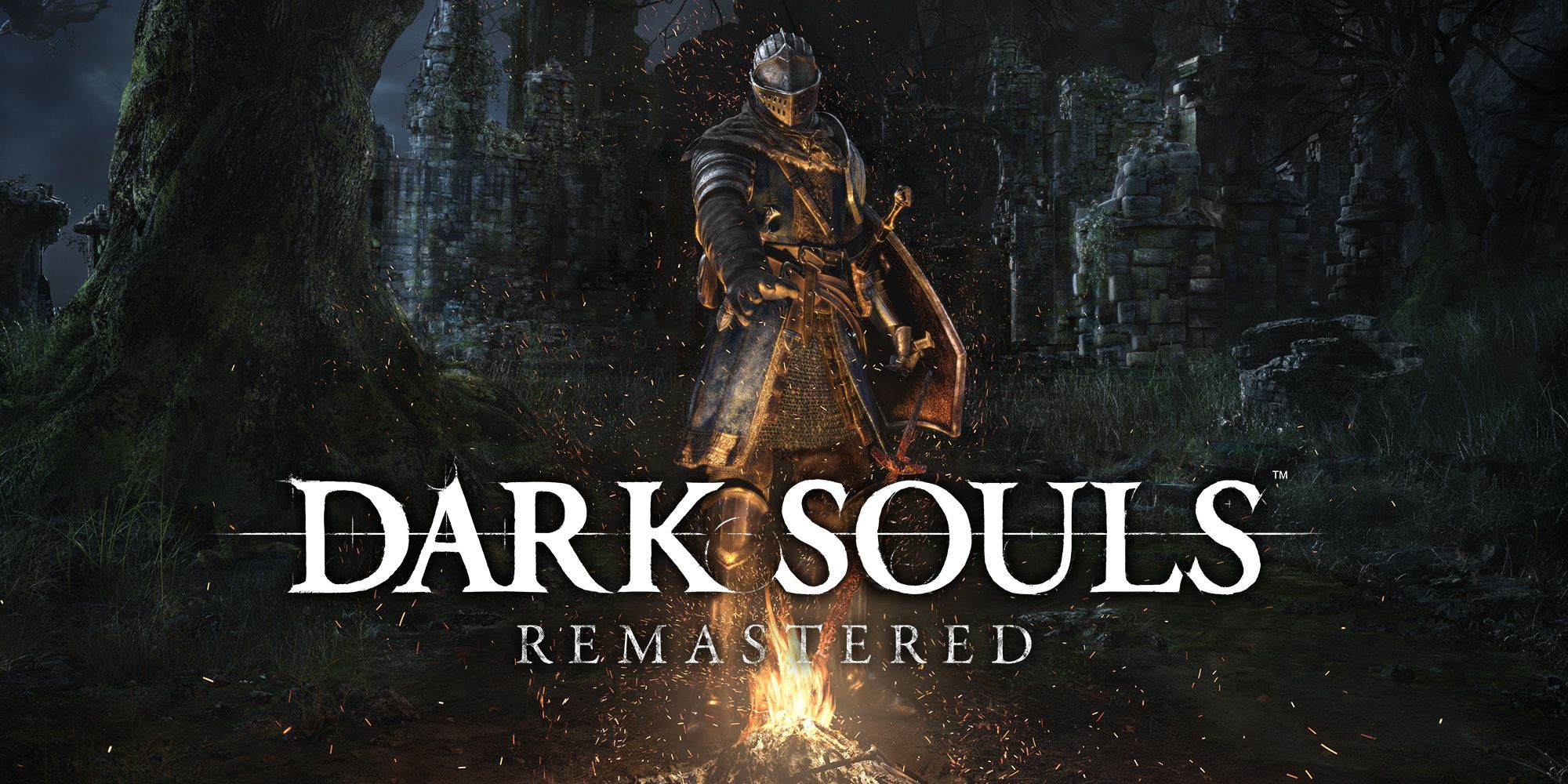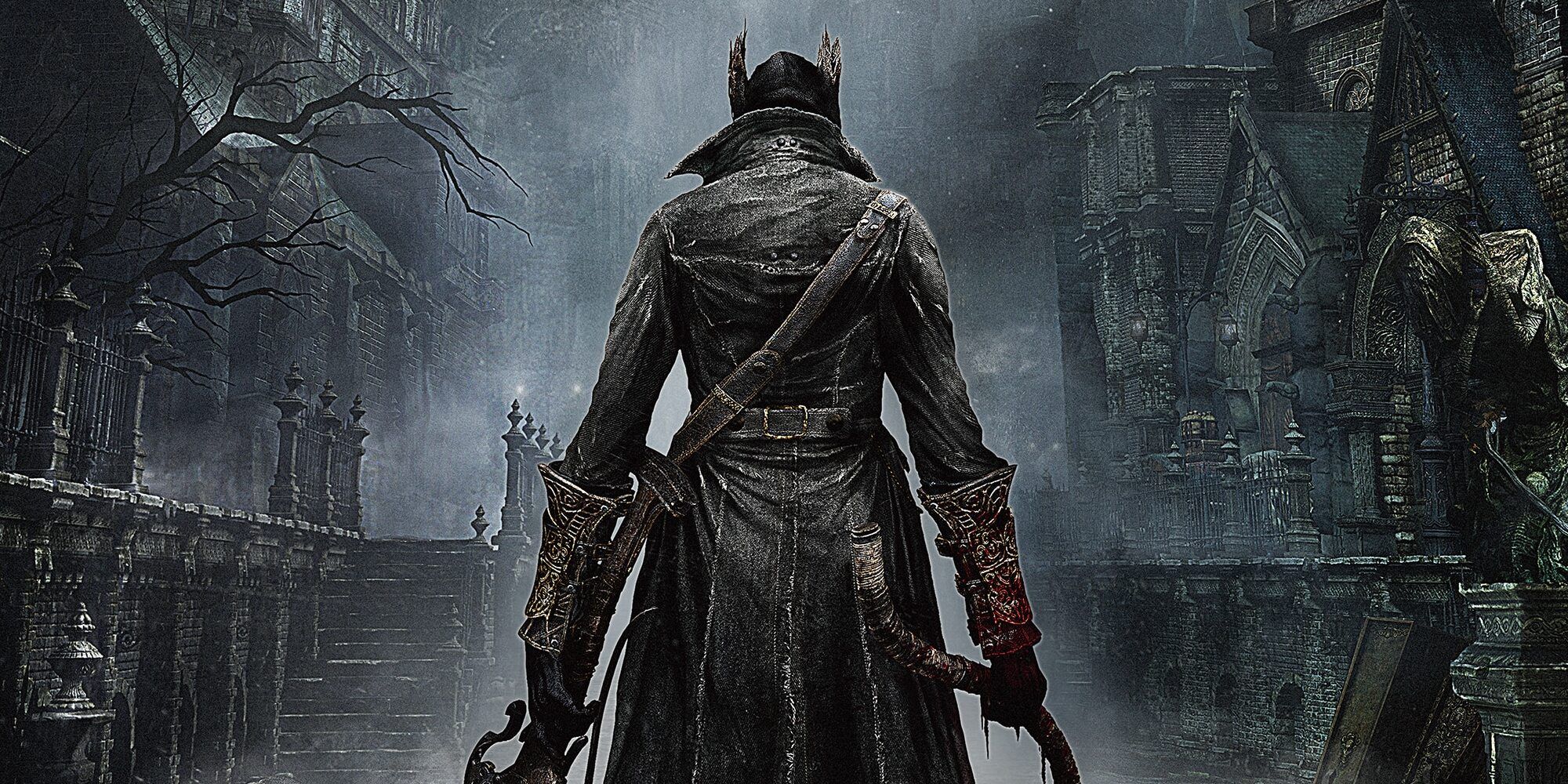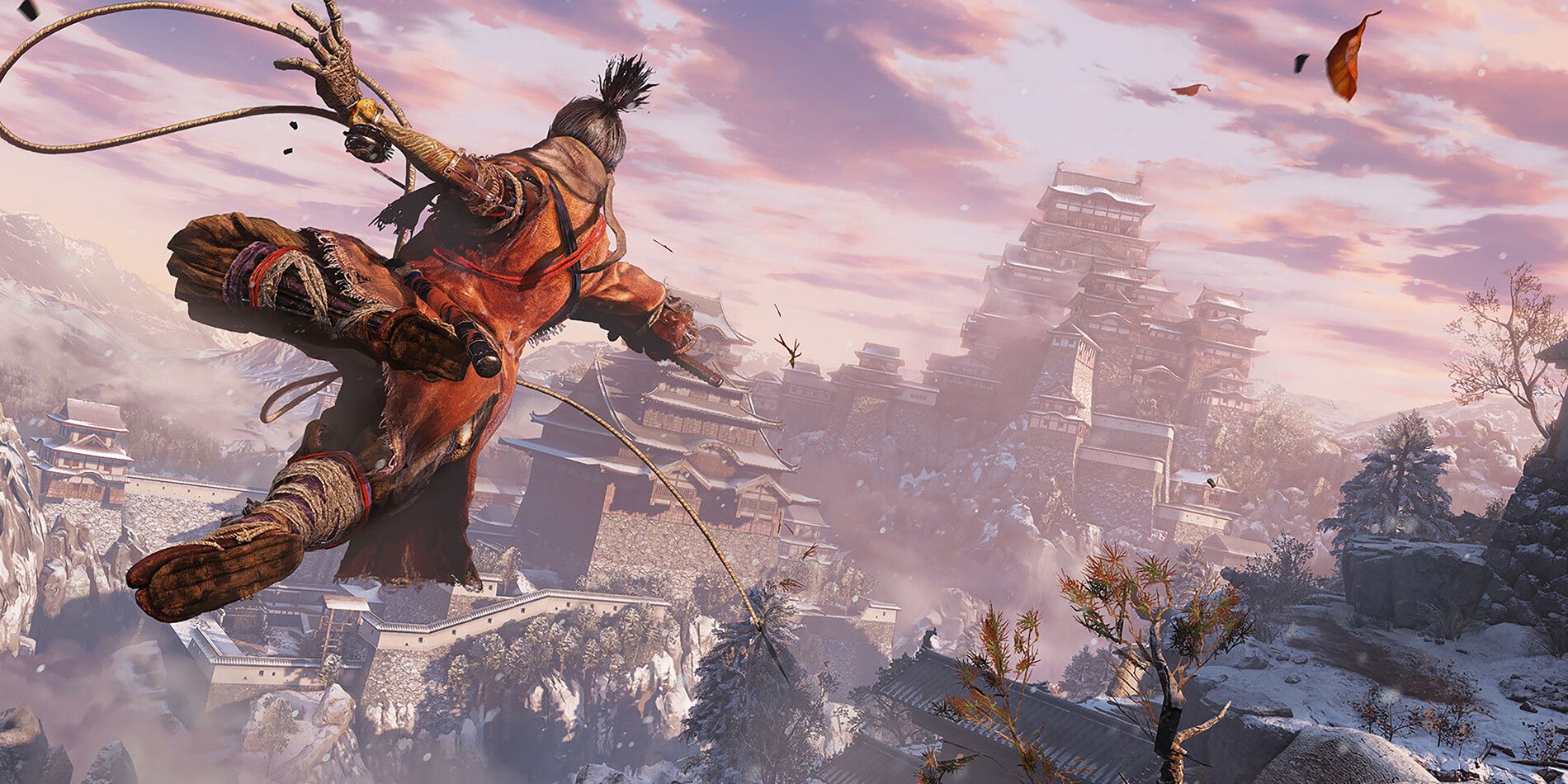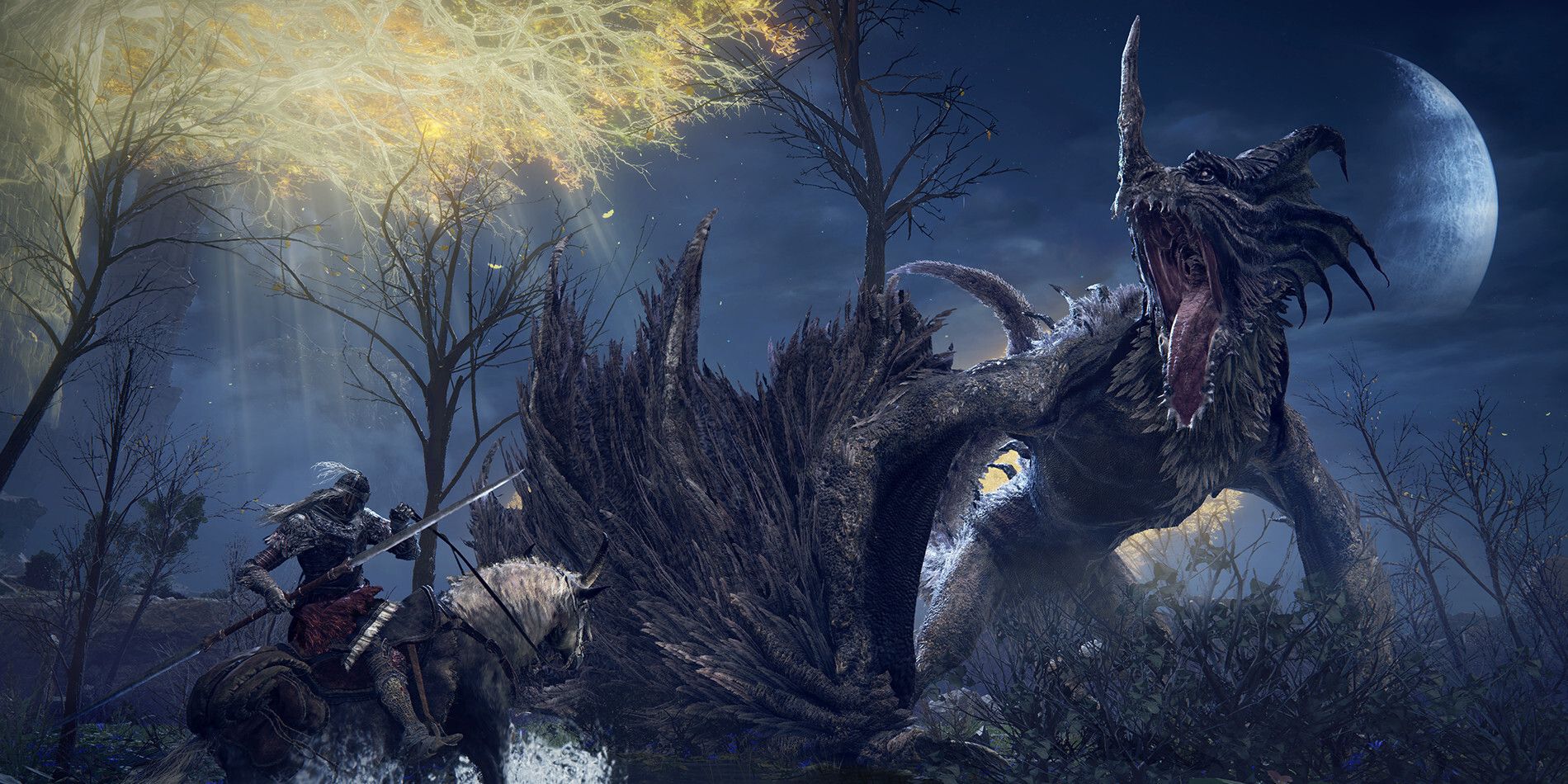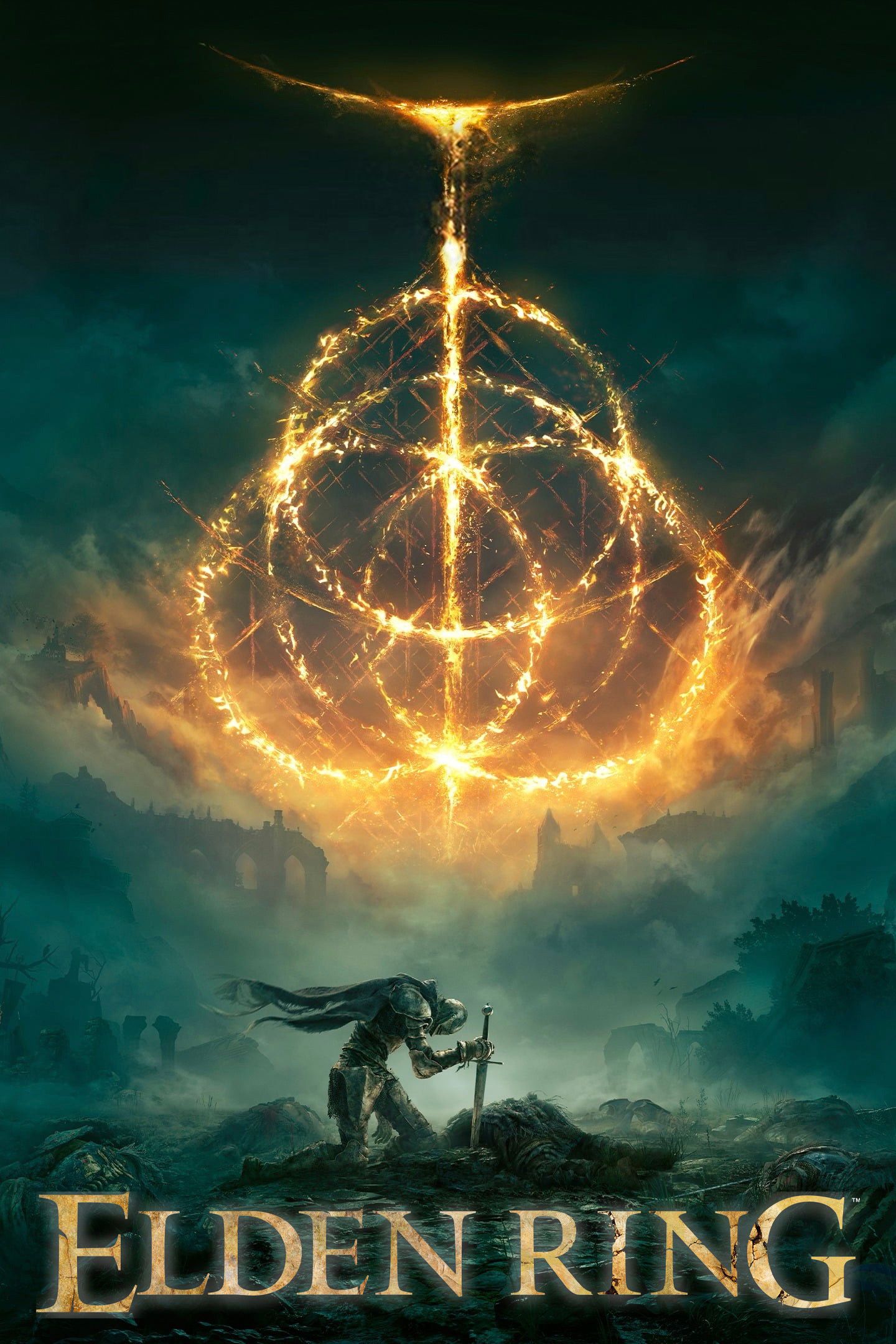Quick Links
FromSoftware has developed a unique identity as a studio, with its Soulsborne games all sharing similar characteristics - most notably punishing difficulty - but, from Dark Souls to Bloodborne, and Elden Ring, there are some entries that stand out compared to others. Although not all FromSoftware titles follow the same formula, such as the Armored Core series, Soulsborne games are grouped as such for the common series themes of a challenging combat experience, a checkpoint system players must interact with physically in the world and currency players can spend to level, but also risk losing upon death.
The popularity of the Dark Souls formula has led many developers to try to emulate this experience, with players collectively giving these games the title of "souls-like" games. The title "Soulsborne" instead comes from a mash-up of three of the franchise's titles, namely Demons Soul's, Dark Souls, and Bloodborne, although the term has since come to encompass other titles such as Sekiro: Shadows Die Twice and Elden Ring.
Armored Core 6 Means No New Soulsbornes Yet
Now that FromSoftware has confirmed it will be returning to the Armored Core series for its next entry, which will differ greatly from the "Souls" format, it is time once again to look at which Soulsborne game is best, with each title offering enough of its own unique mechanics to have its own unique appeals that help even the older games stay relevant in the debate. For example, Sekiro's combat is faster-paced than the other raked Soulsbourne games, with an emphasis on aggressive combat and deflections.
Although many would argue that the Kings Field series is the true first entry, its presentation and lack of some of the key elements exclude it from our Soulsbourne game ranked list (although there is no doubt that Kings Field laid Dark Souls' foundations in terms of exploration and difficulty).
#7 - Dark Souls 2 is the Weakest Soulsborne
Dark Souls 2 is widely regarded to be the weakest entry in the Soulsborne series, thanks in part to its disjointed world design and its early encounters feeling more unfair than other titles in the series. Several changes were made to Dark Souls' mechanics, such as introducing the adaptability stat which was tied into players rolling i-frames, requiring players to level the stat to get more use out of the dodge rolls, and also the Soul Memory system which governed PvP matchmaking.
This system would keep track of the total amount of souls a player earned and use that to facilitate matchmaking. This did not, however, take into account how many of those souls were lost by the player and not reclaimed, essentially punishing players for repeated deaths and giving Dark Souls 2 a different feel to the other games under the Soulsborne umbrella.
#6 - Demon's Souls Laid the Groundwork for Soulsborne Games
In Demon's Souls, the player must navigate five different worlds, split up across four different levels which can be accessed from a central hub area. Whilst this layout is different from the other Soulsborne titles developed by FromSoftware, many of the game's core elements and even enemies would go on to become staples of the series, such as Soulsborne veteran character Patches.
Patches is a FromSoftware staple and has shown up in every ranked Soulsborne game on this list. To see all Patches' appearances from devilish human to actual spider, check out the video from Ghostcharm on YouTube below:
Demon's Souls featured a unique mechanic known as world tendency, in which players' actions would influence the state of particular worlds and even shift them to a "light" or "dark" tendency with Demon's Souls hiding events behind tendencies in certain areas.
However, Demon's Souls does show its age when it comes to certain quality of life features that come with the later titles, and a generally lower level of difficulty as a result. It is also shorter than the other Soulsborne titles, although it does feature the series' now-infamous NG+ cycle, with Demon's Souls NG+ jump actually being the steepest in the series in terms of the multiplier applied to enemy difficulty.
Bluepoint Game's 2020 remake for the PS5 does render Demon's Souls as the best-looking game in the Soulsborne series though, with the smaller areas allowing for an even higher level of graphical fidelity. Demon's Souls encouraged Elden Ring's developers to focus on graphics too, which should go some way in intimating its visual quality.
#5 - Dark Souls 3 is an Iconic Soulsborne Title
Dark Souls 3 is well regarded by many fans as refining the Soulsborne combat system to its most elegant, whilst also boasting impressive visuals and some truly memorable areas and bosses throughout the experience. Dark Souls 3 also offered more PvP options to players than any of the previous games, fostering a dedicated community of players who were commonly seen meeting up to participate in "fight clubs".
Dark Souls 3 also disposed of the Soul Memory mechanic that earned so much ire in Dark Souls 2, allowing players to match with one another more easily, and also introducing more covenant options to allow players to interact online in more ways than ever before. However, manyof the locations and NPCs from the game were simply rehashes of places and people players met in the original Dark Souls game, making it feel less unique and special overall.
#4 - Dark Souls is a Seminal Soulsborne Game
Dark Souls may lack the polished combat of its sequel Dark Souls 3, but it is also responsible for many of the key elements that would go on to become staples of the genre. It is also somewhat of a landmark title, with Dark Souls often being held up as a sort of yardstick by which games would go on to measure themselves, often in terms of difficulty or design.
Dark Souls was responsible for the creation of the bonfire, a checkpoint system that would go on to feature in every subsequent Soulsborne game in one form or another, from Bloodborne's lanterns to Elden Ring's Sites of Grace.
Players can identify aspects of the Dark Souls formula in Elden Ring, proving that it has firmly cemented its place as the basis for FromSoftware's subsequent games. Dark Souls was also the first title to receive a DLC expansion pack, something that would go on to become a regular addition to every Soulsborne game except for Sekiro.
Although it did receive a remaster, Dark Souls never experienced the full remake treatment afforded to its predecessor Demon's Souls, and as such, it can show its age in places.
#3 - Bloodborne Has the Best Setting of a Soulsborne Game
Bloodborne stands out on the list of Soulsborne games immediately for its distinctive gothic atmosphere, a stark contrast to the more typical fantasy settings employed by FromSoftware, resulting in numerous fan pleas for a Bloodborne 2 announcement. Bloodborne also features a more aggressive combat style, encouraging players to be pushing the attack as opposed to reacting to the enemy like Dark Souls players may be accustomed to.
As a PlayStation exclusive, Bloodborne is the only ranked Soulsborne game on this list many players may not have had an opportunity to play, but it is also one of FromSoftware president Hidetaka Miyazaki's best works.
#2 - Sekiro is the Ninja Soulsborne that Introduced Stealth
Sekiro is one of the most unique games under the Soulsborne umbrella, with many gameplay elements reminiscent of older stealth titles that enjoyed popularity in the PS2 era such as the Tenchu series. Sekiro abandoned the usual mechanic of leveling up player stats, instead allowing the player to learn new moves and skills with XP points.
It also had a different style of combat, with Sekiro relying on parrying more than Elden Ring or Dark Souls. This, combined with the fact that players are unable to level up stats to help overcome boss encounters has led many to consider Sekiro to be the most difficult Soulsborne title of all.
Sekiro did not receive a traditional DLC expansion like the other Soulsborne games ranked on this list, but it did go on to receive an update after release which added in some new content such as outfits, the ability to re-challenge bosses, and even a unique gauntlet of strength that pit the player against a series of enemies in exchange for rewards.
Sekiro also featured far fewer RPG mechanics in comparison with the other Soulsborne titles, with the player having no ability to find new weapons or armor to equip, although the player could obtain upgrades for Sekiro's prosthetic arm, giving the player access to different shinobi tools such as firecrackers or poison blades to give them an edge in combat.
#1 - Elden Ring is the Best Soulborne Game
Elden Ring's eagerly anticipated release kept fans of the Soulsborne games on the edge of their seats. As details began to spill out regarding the scope of the game and its breadth of content, some began to question if it would still feel like a Souls game, or if this was something new entirely. When Elden Ring was released, it was clear that it was very much the next step in the Soulsborne formula, and in retrospect, it feels like a natural progression.
Elden Ring feels like Dark Souls but more polished, like Bloodborne with more variety and even, at times, like Sekiro, but with more scale. It is a culmination of all the other FromSoftware games ranked above and easily the most accessible title to new players. With a recent PVP update and expectations of future DLC, Elden Ring seems to have only gotten better since launch.
As for the future of the Soulsborne series, Miyazaki will certainly have his work cut out for him to top what players experienced with Elden Ring. However, that doesn't seem like something the company is currently worried about, as right now FromSoftware will be focused on getting Armored Core 6 ready to launch. Whether Elden Ring 2 or some other Soulsborne game comes after that, only time will tell.
Video Sources: PlayStation/YouTube, BANDAI NAMCO/YouTube

